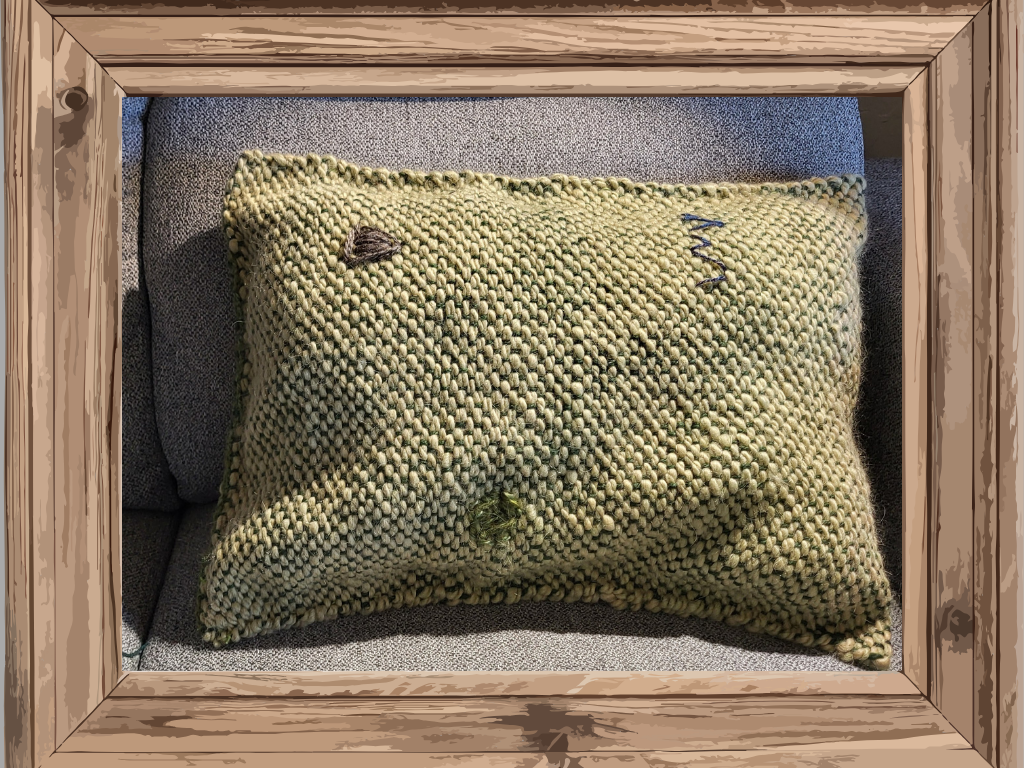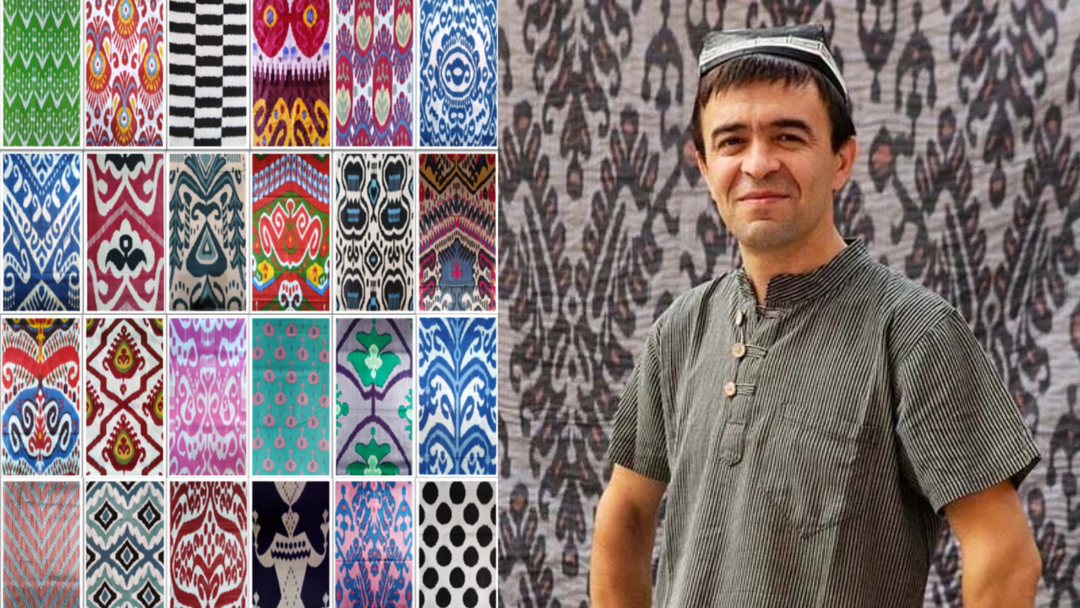I’m usually not a huge archeology buff, and I tend to agree with my archeology friend’s assessment that archeologists spend too much time “guessing” what dead people were thinking. But my recent archeology adventures in Tajikistan did give me a new appreciation for the melding of history and culture in archeology. I also freely admit that the enthusiasm of the two archeologists in our 3 ‘Stans Tour group was contagious.
Our first archeological site in Tajikistan was just across the border from Samarkand—the Sarazm site. The ruins at Sarazm, which means “where the land begins,” demonstrate the early development of proto-urbanization in this region. This settlement, one of the oldest in Central Asia, dates back over 5500 years, i.e., to 3500 B.C. To put that time in historical context, archeologists tell us that the Great Pyramids of Egypt were built from roughly 2550 to 2490 B.C. That means that the settlement of Sarazm was active more than a thousand years before the pyramids were built!
The date 3500 B.C. is millennia before the earliest times usually reflected in an historical timeline of Central Asia. The earliest period usually mentioned, Zoroastrianism and Bactria, only dates back to 600 B.C.

Sarazm is situated between a mountainous region suitable for cattle rearing by nomadic pastoralists, and a large valley conducive to the development of agriculture and irrigation by the first settled populations in the region. It was also an early center of metallurgy and ceramic production in Central Asia.
Sarazm also demonstrates the existence of commercial and cultural exchanges and trade relations over an extensive geographical area, extending from the steppes of Central Asia and Turkmenistan, to the Iranian plateau, the Indus valley and as far as the Indian Ocean.
UNESCO inscribed Sarazm on the World Heritage List in 2010, recognizing its "outstanding universal value" which "requires protection for the benefit of all humanity." Tajikistan is rightfully very proud of this ancient site and what it represents in terms of the cultural heritage of mankind.
I put together a little video to share some of my snapshots taken during our visit to the site, as well as my own somewhat jumbled memories of the experience. I’m terrible at remembering all the historical details that our guide so carefully explained to us, so don’t expect an archeologist’s or historian’s perspective.
But I hope it conveys a little bit of the wonder and awe that I experienced knowing I was in one of the very earliest settlements of Central Asia, walking the same paths as people who lived 5500 years ago. I also was inspired to see examples of common aspects of human culture that continue to thrive today, such as weaving, jewelry and ceramics. Culture ties us all together across time and space! (And, if you're an archeology geek, there's more details about Sarazm below the video, taken from one of the signs at the site.)
For the nerds among you:
Text of Description Sign from Sarazm
The Encolithic is the transitional period from the Neolithic to the Bronze Age. Copper would be used for the first time during this period but, in its initial stages, most tools were still made of stone. This epoch witnessed, among other things, the intensive development of agriculture, cattle breeding and copper work. Evidence of agriculture and metallurgy was found only in those regions which were inhabited by sedentary.- agricultural tribes but not in the steppes dominated by nomadic cattle- breeders. The emergence of this sedentary way of life is evident in the Sarazm settlement located 15 km west of Panjikent. This settlement occupied an area of 130 hectares. It was discovered and investigated by A. I. Isakov (1977 to 1996 ). Since 1983, investigations have been conducted by the Tajik- French expedition.
Radiocarbon dating has enabled the Late Encolithic period to be put as being between: Sarazm I 3500- 3200, Sarazm II 3200-2900, Sarazm III 2900-2700, Sarazm IV 2700-2000 BC. A cemetery with five internments is known as “The Princess of Sarazm.” A man and a juvenile were buried along with the Princess. She was buried in clothes richly embroidered with turquoise, lapis lazuli, cornelian, jasper and limestone beads. Her headdress was decorated with silver beads and her hair (probably in plaits [braids]) entwined with 49 golden beads. She was wearing on her arm a bracelet made of shell. Among the other items found were a bronze mirror with a handle, a bone awl, 5 stone ceremonial maces, and two clay figurines of women. It is likely that a woman's appearance was an important factor in Sarazm society.
From the end of the 4th Millennium BC, the settlement of Sarazm was one of the biggest centers of ancient metallurgy due to the rich mineral resources of the mountains of the upper Zarafshan which it occupied. Mineral resources included copper, silver, tin, lead, mercury, etc. Hearth for melting of metal, crucibles and stone for shaping. Instruments and weapons were also found in the settlement.
A two-layered potter’s kiln from the beginning of the 3rd Millennium BC attests to the development of ceramic production. Since nothing similar had existed in Central Asia and they simply just appeared after two thousand years, it is assumed that they were designed and built by the Serazm potteries themselves. If we look at the style of the paintings on the pottery at Serazm, we can see that it shows a closer connection with two southern regions, i.e. the southeast of Turkmenistan and the Baluchistan-Seistan, lying west of Hindukush.
The stone objects and jewelry are more impressive. Art took the form of wall paintings depicting traditional scenes with geometrical decoration (as in the ceramics) like crosses, triangles, and parallel lines.
Among domestic buildings and warehouses, shrines were discovered with particular interior and altars for burnt offerings, wall paintings, decorated walls and other details of cultural character. In the center of the hearth were deep niches for the holy fire.
The archaeological materials recovered from these two early periods confirm the existence of cultural and commercial ties with the settlements of Afghanistan, Pakistan, India and Iran.
The two subsequent periods, 2900 to 2700 BC and 2700 to 2000 BC, relate to the Bronze Age.







Leave a comment